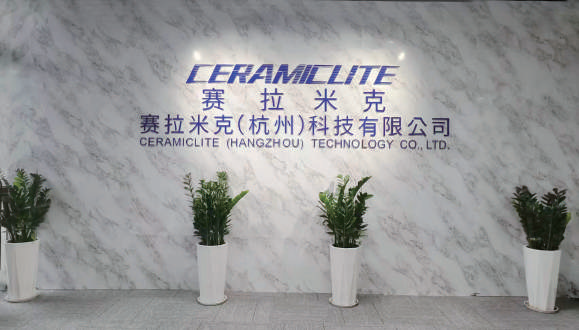
CERAMICLITE is dedicated to providing innovative intelligent lighting solutions, particularly in the outdoor high-power lightin sector. Ceramiclite is a high-tech enterprise with over 80 employees, including 20 in R&D. With a skilled team of over 19 engineers, we boast strong ODM and OEM capabilities, enabling us to design and manufacture both custom and standard products seamlessly.
Each year, we develop 10-15 new products and 25 customized solutions. Our investment in R&D reached 25 million RMB in 2024. with expectations to increase to 30 million RMB in 2025. aiming for a growth rate of 15% to 20%. We have pioneered high-performance Fluorescent Transparent Ceramic (FTC) technology, which addresses the industry's challenge of material degradation under high power density conditions.
Our products offer exceptional reliability, with less than 5% luminous decay after 100.000 hours and outstanding resistance to acid, alkali, and sulfurization.
led lighting tennis courts
Introduction
The evolution of lighting technology has transformed sports infrastructure, and tennis courts are no exception. From sodium lamps in the early 20th century to modern LED systems, advancements have prioritized performance, energy efficiency, and user comfort. This article explores how LED lighting has redefined tennis court illumination, addressing technical innovations, practical applications, and broader implications for athletes and sustainability.
1. Technical Advantages of LED Lighting
LED technology offers unparalleled benefits for sports environments. Unlike traditional sodium lamps, which were praised in the 1930s for reducing glare and enhancing object discrimination, LEDs provide superior control over luminance and uniformity. For instance, LED systems in badminton courts use volume-scattering diffusers and reflecting cavities to minimize glare while maintaining high illuminance levels, a design principle adaptable to tennis courts. Additionally, LED modules can achieve illuminance uniformity improvements of over 300% compared to conventional lighting, ensuring consistent visibility across the court surface.
The ability to adjust light intensity dynamically is another critical advantage. Smart LED systems integrated with light sensors and timers enable adaptive brightness control, reducing energy consumption by 20–40% while maintaining optimal playing conditions. This adaptability is particularly valuable for indoor courts, where glare management is essential to avoid disrupting athletes’ focus.
2. Enhancing Athletic Performance and Accessibility
LED lighting directly impacts player experience. Studies on volleyball courts demonstrate that while glare does not hinder objective performance, it significantly increases subjective discomfort. By incorporating low-luminance, Lambertian-like light sources—as seen in badminton court designs—LED systems can mitigate glare without compromising illumination quality. This is crucial for tennis, where rapid shuttlecock tracking requires minimal visual interference.
Moreover, LED innovations promote inclusivity. A 2020 case study highlighted illuminated lines on indoor tennis courts, which aid visually impaired players by enhancing contrast and spatial orientation. Such applications align with broader trends in adaptive sports infrastructure, emphasizing accessibility without sacrificing aesthetic or functional standards.
3. Sustainability and Cost Efficiency
The shift to LED lighting aligns with global sustainability goals. Retrofitting traditional lighting with LEDs in industrial settings has reduced energy consumption by up to 50%, as demonstrated in Bangladesh’s garment sector. Similarly, tennis facilities adopting LEDs can achieve comparable savings, particularly when paired with smart controls like motion sensors and daylight harvesting systems.
Long-term cost benefits are equally compelling. LEDs’ extended lifespan (up to 50,000 hours) reduces maintenance frequency, while modular designs simplify replacements. For example, a high-performance LED luminaire with 85% reflectivity and 70% transmittance ensures durability and efficiency, as validated in badminton court trials.
4. Future Directions and Innovations
Emerging technologies promise further enhancements. Building Information Modeling (BIM) enables precise LED layout planning, reducing installation errors by 60% and optimizing light distribution. Additionally, integrating LEDs with IoT platforms could enable real-time performance analytics, such as tracking ball trajectories or monitoring player movements under varying light conditions.
Research into human-centric lighting (HCL) also holds potential. By tuning LED color temperatures to mimic natural daylight, courts could enhance circadian rhythms for players during evening matches, a concept already explored in green building designs.
LED lighting represents a paradigm shift in tennis court design, merging technical precision with environmental and social responsibility. From reducing glare and energy use to fostering inclusivity, its applications underscore the transformative power of lighting technology. As innovations in smart controls and adaptive systems continue, LED-lit courts will likely become the global standard, redefining how athletes and audiences experience the game.